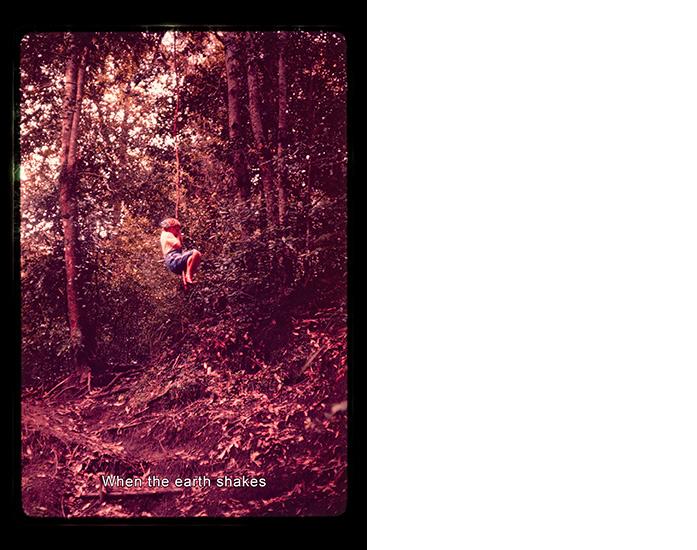Berlin Art Prize 2019 Nominee Exhibitions
Berlin Art Prize 2019 Nominee Exhibitions

The sixth edition of the Berlin Art Prize, the city’s independent art award, takes place in September 2019. This year, the 9 nominees will be exhibited in 9 project spaces of the city for 9 solo shows. The non-profit seeks to collaborate with some of the many places in the city where independent art occurs. With this, Berlin Art Prize e.V. is expanding its role as a platform for new art to a major collaborative project with the independent scene.
Nine solo exhibitions by nine nominees in nine project spaces. And: a performance with fabric-covered taxis at a car wash, a critical city tour through Wedding with Berlin Postkolonial, a specialist discussion about the Asian art market, and a series of conversations during art berlin – the Berlin Art Prize 2019 is a multi-faceted and city-wide collaborative project. The nine exhibition openings on August 30 and 31 launch a diverse four-week program addressing critical topics in contemporary art in Berlin and beyond. The openings will be split in two days as follows:
August 30, 2019, 6 – 10pm
Ashley, gr_und, Kreuzberg Pavillion, SMAC, Very
August 31, 2019, 6 – 10pm
Display, Horse & Pony, Kinderhook & Caracas, The Institute for Endotic Research
The award ceremony and afterparty is on September 14th, 2019 at midnight (!) at Flutgraben. What up Berlin Cinderella had babies and needs her beauty sleep!!! But doors do open 9pm to get some drinks to stay awake.
Here are the Bpigs highlights!

Marianna Christofides | A canary called Cassandra, 2017 | 3-channel slide projection
A CANARY CALLED CASSANDRA
Marianna Christofides @Display
Opening, Aug 31, 2019
Exhibition, Aug 31 - Sept 27, 2019 / Thur-Sun, 12-6pm
The mediums of experimental filmmaker Marianna Christofides (b. 1980, Nicosia, Cyprus) are slides, text, objects, and sound. In A canary called Cassandra, these elements combine to create an entangled and layered history around Frank Lloyd Wright’s Imperial Hotel in Tokyo. Constructed between 1919–1923, the hotel was initially planned as a temporary annex – the designs were expanded and made permanent when the first Imperial Hotel burned down. Intended for Western visitors to Japan, it was created in a Maya Revival style of architecture that was popular in the Americas at the time. The structure survived 1923’s Great Kantō Earthquake and American bombings during World War II, yet it could not withstand progress or decay and was torn down in 1967.
It is in the center of this timeline where Christofides’ A canary called Cassandra occurs. The basis of the work is a series of slides discovered and collected over several years by the artist. The images were taken by an American officer stationed in Japan between 1948 and the late 1960s. Documenting the interior and exterior of the hotel, as well as receptions and celebrations, and ultimately the demolition of the Imperial Hotel, the artist has crafted a poetic work, drawing on geography, architecture, anthropology, and socio-historical narratives. Combined with a text drafted by the artist and auditory footage from diverse sources, the multi-authored account as told by Christofides’ writing and the American officer’s images, transcends space and time. The title alludes to the mythic seer Cassandra, whose prophecies predicting radical transformations of the world were – as so often occurs – ignored.
Ultimately, however, it is unstoppable forces of nature that emerge as the narrative’s protagonist, persisting through the polarities of man and the environment, construction and destruction, transience, and endurance. A growing helplessness in reacting to extreme changes with means that have long been established unfolds throughout the piece, while the insistence on the belief that existing mechanisms are still effective, or resources inexhaustible, is challenged in Christofides’ A canary called Cassandra.

'Forms of Brutality' Larissa Fassler
Forms of Brutality
Larissa Fassler @SMAC
31.08.–27.09.2019
Opening on 30.08. at 6pm Thursday–Sunday, 12–6pm
For over fifteen years, Larissa Fassler (b. 1975, Vancouver, Canada) has undertaken observational research into shifting urban geographies.
The conceptual paintings and installation at SMAC by Larissa Fassler draw on a current hotspot of gentrification in Berlin: Moritzplatz. The area carries an exceptional history marked by trauma.
Using a psychogeographical approach combined with archive and internet-based research, for the Moritzplatz series, the artist examined pre-war maps and imagery. These include Allied bombings, significant synagogues, and Jewish department stores. A second, post-war layer reveals checkpoints, guard towers, the “death strip,” and “ideologically loaded signs” from both East and West German regimes. Unrealized development projects, corporations that have purchased tracts of land for high-end offices, the current boom of gentrifying vacation rentals form a third layer, representative of the existing reality.
By unraveling place and history, the artist creates works in which each brushstroke or line carries emotional weight. It is the story of her observations, as well as the assumptions, preconceptions, and problematic histories that current projects and developments continue to build upon.
ALL THE NOMINEES AND PROJECT SPACES
Esteban Rivera Ariza // gr_und
Musquiqui Chihying // Very
Marianna Christofides // Display
Larissa Fassler // SMAC
Agnes Scherer // Horse & Pony
Wieland Schönfelder // Ashley
Joshua Schwebel // Kreuzberg Pavillion
Min-Wei Ting // The Institute for Endotic Research
Ada Van Hoorebeke // Kinderhook & Caracas